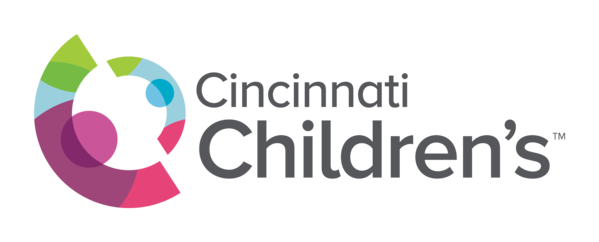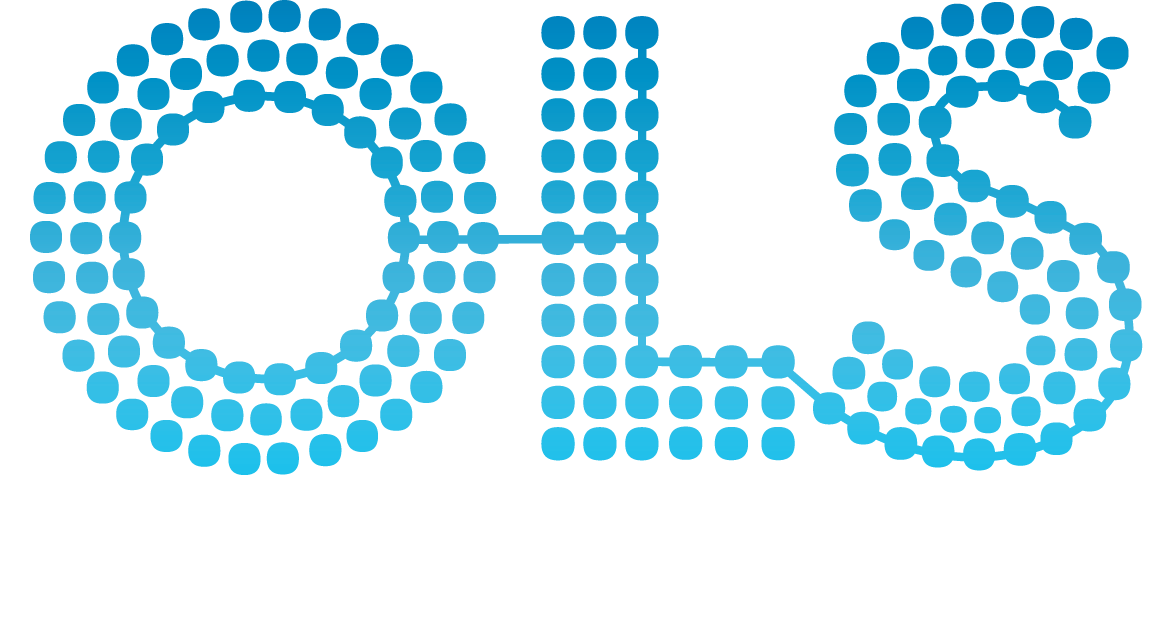Virus Expression Database



Submitted by Vincent Gardeux (University of Arizona, USA) on Aug 06 2014
Platform: microarray – [HuGene-1_0-st] Affymetrix Human Gene 1.0 ST Array [transcript (gene) version] 
Pubmed: 25797143
Summary BACKGROUND: Understanding individual patient host response to viruses is key to designing optimal personalized therapy. Unsurprisingly, in-vivo human experimentation to understand individualized dynamic response of the transcriptome to viruses are rarely studied because of the obvious limitations stemming from ethical considerations of the clinical risk.
OBJECTIVE:
In this rhinovirus study, we first hypothesized that ex-vivo human cells response to virus can serve as a proxy for otherwise controversial in-vivo human experimentation. We further hypothesized that the N-of-1-pathways framework, previously validated in cancer, can be effective in understanding the more subtle individual transcriptomic response to viral infection.
METHOD:
N-of-1-pathways computes a significance score for a given list of gene sets at the patient level, using merely the 'omics profiles of two paired samples as input. We extracted the peripheral blood mononuclear cells (PBMC) of four human subjects, aliquoted in two paired samples, one subjected to ex-vivo rhinovirus infection. Their dysregulated genes and pathways were then compared to those of 9 human subjects prior and after intranasal inoculation in-vivo with rhinovirus. Additionally, we developed the Similarity Venn Diagram, a novel visualization method that goes beyond conventional overlap to show the similarity between two sets of qualitative measures.
RESULTS:
We evaluated the individual N-of-1-pathways results using two established cohort-based methods: GSEA and enrichment of differentially expressed genes. Similarity Venn Diagrams and individual patient ROC curves illustrate and quantify that the in-vivo dysregulation is recapitulated ex-vivo both at the gene and pathway level (p-values<0.004).
CONCLUSION:
We established the first evidence that an interpretable dynamic transcriptome metric, conducted as ex-vivo assays for a single subject, has the potential to predict individualized response to infectious disease without the clinical risks otherwise associated to in-vivo challenges. These results serve as a foundational work for personalized "virograms".
| ID | Title | Cell Type | Timepoint | Reported Virus | Virus Species | Exclusion Reason |
|---|---|---|---|---|---|---|
| GSM1466667 | M8 Patient, Control | peripheral blood mononuclear cell  |
24 hrs | control | Uninfected | |
| GSM1466668 | M8 Patient, rhinovirus-exposed | peripheral blood mononuclear cell  |
24 hrs | rhinovirus 16 | Rhinovirus A | |
| GSM1466669 | SUB11 Patient, Control | peripheral blood mononuclear cell  |
24 hrs | control | Uninfected | |
| GSM1466670 | SUB11 Patient, rhinovirus-exposed | peripheral blood mononuclear cell  |
24 hrs | rhinovirus 16 | Rhinovirus A | |
| GSM1466671 | SUB19 Patient, Control | peripheral blood mononuclear cell  |
24 hrs | control | Uninfected | |
| GSM1466672 | SUB19 Patient, rhinovirus-exposed | peripheral blood mononuclear cell  |
24 hrs | rhinovirus 16 | Rhinovirus A | |
| GSM1466673 | SUB32 Patient, Control | peripheral blood mononuclear cell  |
24 hrs | control | Uninfected | |
| GSM1466674 | SUB32 Patient, rhinovirus-exposed | peripheral blood mononuclear cell  |
24 hrs | rhinovirus 16 | Rhinovirus A |